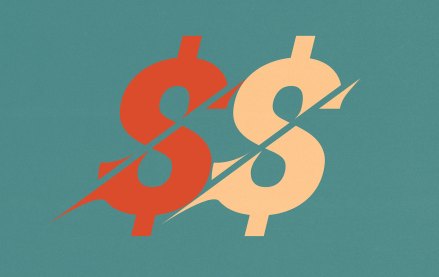Committing to one ad network is so traditional. Ad mediation hooks publishers up.

This column was authored by Nikao Yang, SVP Global Marketing, Opera Mediaworks
What happens when you try to plug too many cords into a single socket? Your system overloads.
A publisher who plugs multiple ad networks into its system to maximize profits can overload it, too. Each ad network typically has its own software development kit (SDK) that requires integration into the publisher’s code. Trying to integrate them all can overburden the publisher’s product and development teams and send sparks flying.
And that’s why mediation of ad networks is becoming such a hot topic for publishers who want a streamlined technical path to the highest possible profitability.
So what’s ad mediation anyway?
Ad mediation allows publishers to connect with just a single platform. That platform in turn manages the connections with numerous ad networks so that they can place as many ads as possible, improving fill and overall revenue and boosting the effective cost per thousand impressions (eCPMs). The ad mediation platform takes care of the most daunting part of the process, technical integration with the ad networks, making a potentially terrifying situation much easier.
“Relying on a single demand source doesn’t make sense, especially when ad network dynamics are changing constantly,” says David Kurtz, Opera Mediaworks’ senior vice president of product strategy. “Nor should publishers, whose core competency should be providing great content and user experience, feel like they also need to become masters of ad technology.”
Do I really need a mediator? My single ad network and I get along just fine…
It’s great that your relationship is working out just fine. But what happens when fill rates and eCPMs drop, and you’re losing revenue precipitously? You’ve invested in a single network, so the stakes are high. If you managed to negotiate a revenue guarantee with the ad network you can call them on it and demand payment. But they might reply that they’re going to have to default and cancel the deal. You’ve just wasted precious time and dollars.
OK, so how does ad mediation work?
Ad mediation simplifies the process of integrating and working with multiple demand sources. As a publisher, you integrate only with the ad mediation platform’s SDK. The mediator deals with those other integrations on their side. It functions kind of like a surge suppressor, integrating a variety of plugs before streamlining them into a single cord.
What will I see, exactly?
Pretty much everything that’s really important for you as a publisher. You’ll be able to see requests, impressions, fill rates, eCPMs, revenue, and other KPIs from each ad network. You’ll use this data to increase the supply you send to each ad network so that the ones paying you the most money receive the most ad requests. “If you’re investing in mobile,” says Kurtz, “you don’t just want to fill with any demand. You want to fill with the highest-paying demand.”
How does it work with mobile?
All types of mobile ads can be mediated, from traditional banner display to rich media interstitials to HD video. Some mediation partners offer a broad variety of ad formats that can be mediated to provide flexibility to publishers. Others specialize in unique and specific ad formats such as native display ads or video-only formats that are helpful to publishers with certain types of content formats or experiences.
How do I choose an ad mediation partner?
First, ask yourself what types of ad formats make the most sense for your content, then check with the mediators to make sure that the appropriate ad networks are available through their service. But there’s more to it than just that.
Have your product and development teams take the mediator’s SDK and documentation for a test spin. The right partner will have clear documentation, fairly seamless integration, and a responsive technical support team that responds to requests for assistance. And, above all else, when integrated it will work properly.
Moreover, some mediation platforms offer additional services and features like ad serving or audience management tools that could make a difference, depending on your user base.
Finally, look for a mediation platform that publishers you respect hold in high regard, as a personalized referral can be the best sort of validation.
“Finding the right ad mediation partner is an important part of maximizing revenue potential,” said Kurtz. “Not only does it make you more operationally efficient as a publisher, it also allows you to better control your own destiny.”
More from Digiday

The Disney-OpenAI deal and generative AI copyright concerns
This week’s Digiday Podcast delves into the copyright concerns and potential trademark issues surrounding brands’ use of generative AI tools, with Davis Wright Tremaine partner Rob Driscoll.

Why Pinterest wants to buy tvScientific, and what it signals for the CTV ads business
Corporate development sources estimate the deal valuation to be above $300 million, claiming tvScientific’s gross revenue is approximately $100 million.

Ad Tech Briefing: How the experts predict digital ad spend will pan out in 2026
Advertisers are placing greater emphasis on price and performance, often at the expense of transparency and control.





